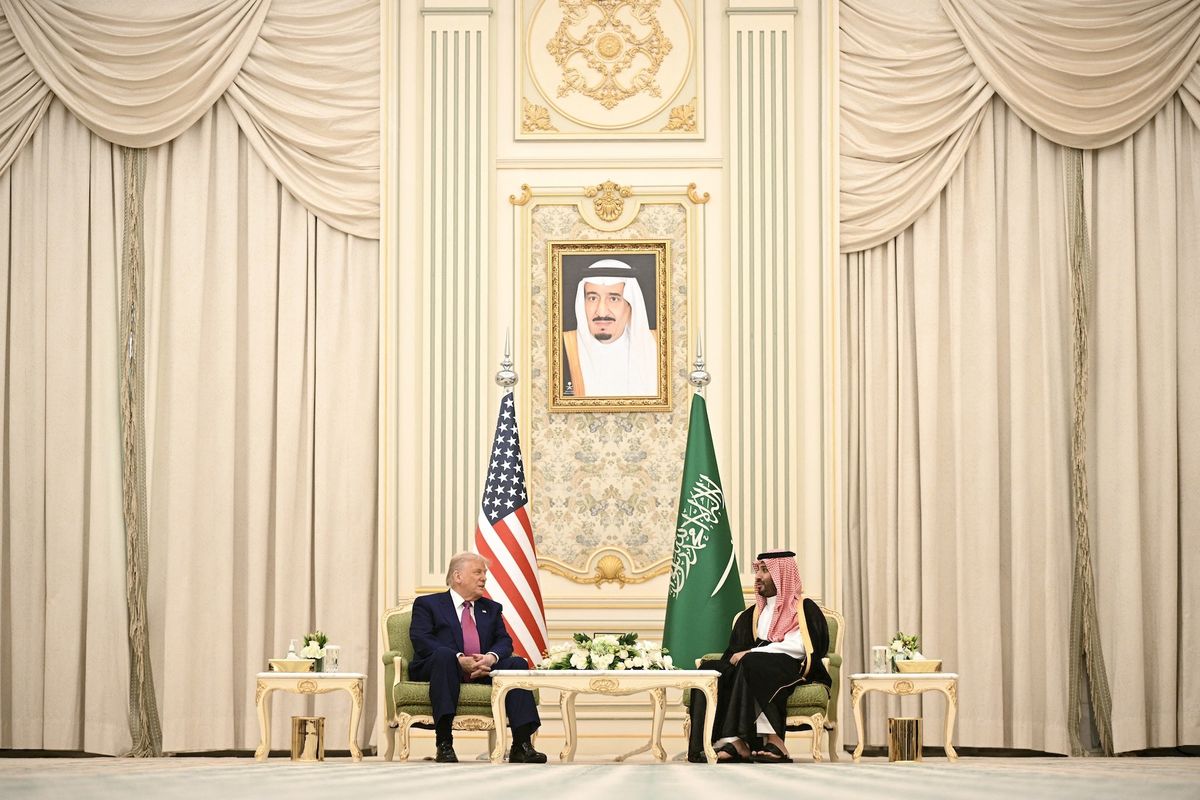As the military campaign to degrade and ultimately destroy ISIS continues to dominate U.S. foreign policy in the Middle East, there is also an effort to disrupt and eliminate the terrorist group’s financial capacity.
Terrorist financing networks are complex and intricate. Groups pull together funds from a variety of sources and use their resources to both pursue their ideological objectives and lure new recruits.
Illicit networks comprise a key element of terrorist financing. Today, ISIS controls numerous heritage sites across Syria and Iraq, and has reportedly sold artifacts and other antiquities on the black market for substantial profits. In East Africa, al-Shabaab has amassed at least $25 million annually by taxing and extorting charcoal transit routes and exports. Al-Shabaab has also been known to conduct illegal arms deals, collect fees for the import and export of sugar, and has even drawn links to poaching and the illegal ivory trade. Between 2005-2008, the Taliban generated an annual sum of $125 million by directing the opium trade in Afghanistan.
In addition to illicit networks, terrorist groups also utilize kidnap ransoms to fuel their budgets. According to David Cohen, Under Secretary for Terrorism and Financial Intelligence at the U.S. Department of Treasury, “Kidnapping for ransom is one of the most significant terrorist financing threats today.” Al-Qaeda’s affiliate in the Islamic Maghreb (AQIM) has amassed more than $91 million in kidnap ransoms since 2008, while ISIS collected more than $20 million in ransoms in 2014 alone.
External donations from charities or individuals primarily based in the Arabian Gulf are a third instrumental source of terrorist financing. In his November 2014 Congressional testimony, Matthew Levitt, former Deputy Assistant Secretary for Intelligence and Analysis at the U.S. Treasury Department, explained “ISIS has accumulated as much as $40 million or more over the last two years from donors in the oil-rich nations of Saudi Arabia, Qatar, and Kuwait.” Some Gulf States have taken action to block such donations. For instance, Qatar passed a law in September 2014, which created a regulatory body to oversee domestic charities and monitor their financial trails.
Oil has also emerged as a substantial source of income for terrorist groups, particularly in Syria and Iraq where ISIS has taken control of several oil fields. The U.S. Treasury Department estimates that ISIS has earned daily profits of at least $1 million from oil sales since June 2014, and recent reports have approximated ISIS monthly oil revenues at $50 million. These figures are certain to increase as long as ISIS continues to occupy large swaths of territory and enhance its oil establishment.
To further complicate matters, terrorist groups often employ hawala networks, or a system of individual agents and brokers, to handle their monetary transactions. By using hawala networks to transfer funds, these organizations are able to avoid leaving paper trails for authorities to follow.
The U.S. Treasury Department and other law enforcement agencies have implemented targeted sanctions and sought international cooperation to thwart terrorist financial networks. Despite the immense challenges, the overall message is clear: to effectively combat terrorist groups, it is critical to cut off their sources of funding.
Bennett Seftel is the Deputy Director of Editorial at The Cipher Brief.












